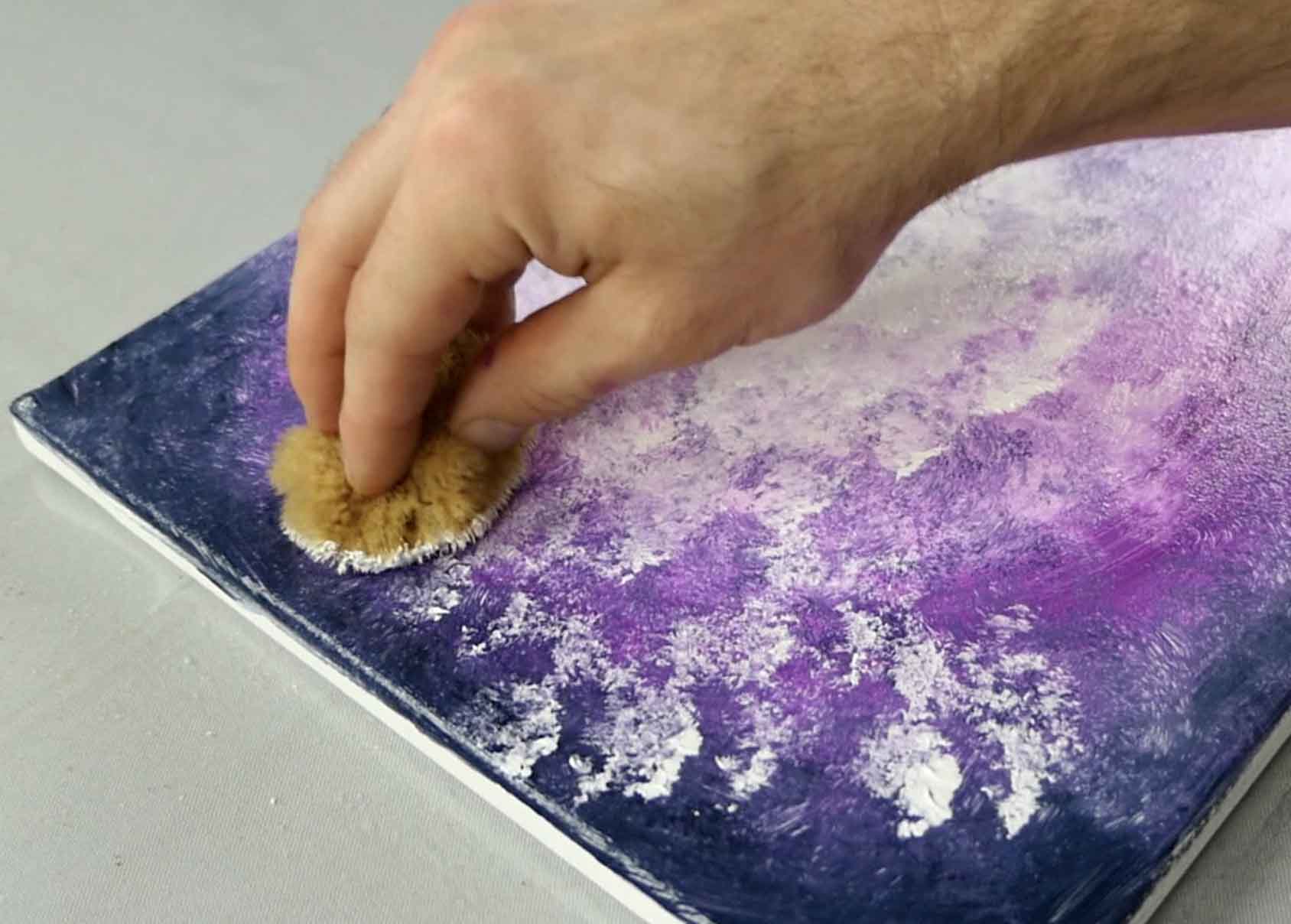Introduction:
Welcome to the world of painting with a sponge! This unique and versatile technique allows you to create stunning textures, effects, and depth in your artwork. By using a sponge instead of traditional brushes, you can achieve a distinct look that adds a touch of whimsy and organic beauty to your paintings. In this guide, we will provide you with a step-by-step process and helpful tips to help you get started on your sponge painting journey.
Step-by-Step Techniques:
- Preparation: Start by gathering your materials, including a variety of sponges, acrylic or oil paints, a palette, water container, paper towels, and a suitable painting surface. Ensure that your workspace is organized and well-ventilated.
- Choosing the Right Sponge: Explore different types of sponges such as natural sea sponges or synthetic sponges with various textures and porosities. Experimentation can yield interesting results, so try different shapes and sizes until you find the right sponge for your desired effect.
- Preparing the Paint: Squeeze out a selection of colors onto your palette, ensuring that they are adequately mixed and diluted with the desired medium. Consider creating a range of tints and shades to add depth and dimension to your artwork.
- Moistening the Sponge: Before applying the paint, it is essential to moisten your sponge. Dip it in water and squeeze out any excess moisture. The sponge should be damp but not dripping wet. This step prevents the sponge from absorbing too much paint and allows for smoother application.
- Applying the Base Layer: Start by applying a base layer of paint to your canvas using a brush or roller. This layer will serve as the foundation for your sponge painting. Allow it to dry completely before proceeding to the next step.
- Exploring Techniques: There are various techniques you can employ with a sponge to achieve different effects. Here are a few examples:
- Dabbing: Dip the sponge into the desired paint color and gently dab it onto the canvas. This technique creates a stippled texture and can emulate the appearance of foliage, clouds, or even a rocky surface.
- Pouncing: Load the sponge with paint and lightly pounce it on the canvas to create a mottled or stenciled effect. This technique is great for adding texture and creating interesting backgrounds.
- Blending: Apply two or more colors to the sponge and gently blend them together on the canvas. This technique can create smooth transitions and ethereal, atmospheric effects.
- Layering and Building Texture: Once you have mastered the basic techniques, experiment with layering and building texture. Apply subsequent layers of paint using the sponge, gradually adding more depth and complexity to your artwork. Vary the pressure, angle, and density of your sponge application to create different textural effects.
- Adding Details: After achieving the desired texture and background, you can use brushes, palette knives, or even your fingertips to add finer details to your painting. This is your opportunity to add highlights, shadows, outlines, or any other elements that will bring your artwork to life.

Helpful Tips and Ideas for Artists:
- Practice on a separate canvas or paper before starting a larger, more significant piece. This allows you to familiarize yourself with the sponge and its effects.
- Explore different types of sponges to widen your range of textures and experiment with various painting styles.
- Vary the sizes and shapes of your sponges to create different effects and details in your artwork.
- Consider using a limited color palette to maintain harmony and avoid overwhelming your composition.
- Don’t be afraid to make mistakes and embrace the unexpected. Sponge painting is a versatile technique that can lead to beautiful accidents and unplanned textures.
Remember, this guide is just a starting point for your sponge painting adventures. To further enhance your skills, we encourage you to browse through more free resources and tutorials on our website at https://urartstudio.com. Happy painting!

